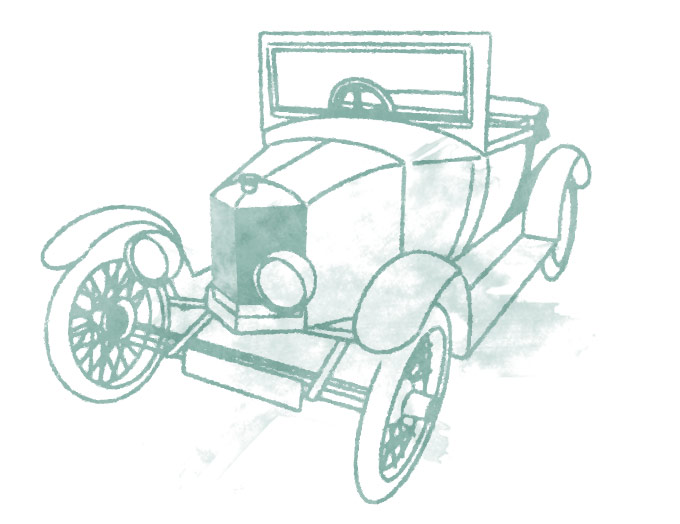





About – The Museum
A Celebration of Bath’s Industrial and Commercial Heritage
The centrepiece of the Museum, covering an entire floor, is the extraordinary engineering and soft drinks factory of Victorian businessman J. B. Bowler. When you arrive, you’ll come upstairs and buy your ticket in Bowlers shop, where you will see the original shop fittings and items of hardware that they sold. Over 50 years ago, the entire contents of the factory in Avon Street was photographed and then transported here to the Museum building and re-constructed exactly as it was in its former home. Walk through the actual workshops and offices and see the complete process of manufacturing and bottling soft drinks, and the workbenches and tools that Bowlers used to make small engineering and plumbing parts. Some of the machinery is still in working order and there are regular demonstrations. We’ll give you a free audio guide, and we often do introductory talks.
On the upper floor of the Museum is a wide-ranging survey of Bath’s working life, with fascinating displays about different industries, trades and businesses. You’ll see a real Bath Chair (exhibited at the Crystal Palace exhibition of 1851), an ‘invalid carriage’ used by visitors taking the healing waters, and a unique self-winding clock of 1866 built in the city. The Museum is housed in a 1777 building which was a Real Tennis Court. Originally a single, lofty space, the upper floor was inserted at a later date.
The Museum also has a car manufactured in 1914 by the Horstmann Car Company of Bath. This is the earliest known example in the world and is fitted with a kick-starting mechanism and other unusual features. Sidney Horstmann’s car company operated from 1914 until 1928, making around 2000 cars.

On the ground floor is a reconstruction of a Bath Stone mine, displays about Keevil & Sons cabinet makers, and the Hudson Gallery where we show temporary exhibitions researched and developed with local residents.